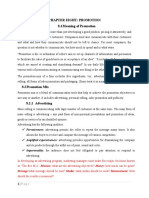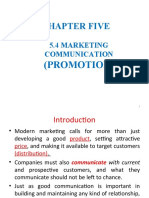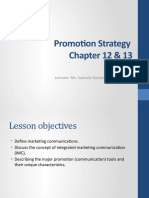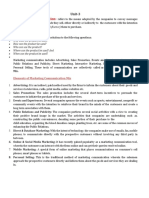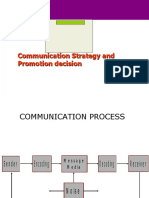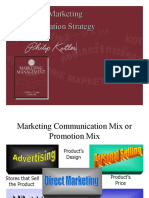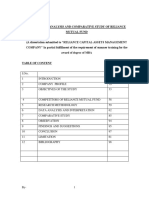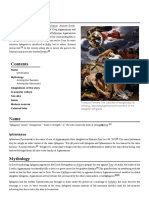0% found this document useful (0 votes)
20 views13 pagesMarketing Chapter 8 Lecture Notes
Chapter 8 discusses Integrated Marketing Communications, emphasizing strategic goals such as creating awareness, building positive images, and retaining customers. It outlines various promotional tools including advertising, sales promotions, public relations, and direct marketing, and stresses the importance of a coordinated approach to marketing communications. The chapter also highlights key decisions in advertising planning, budget allocation, and the role of media in reaching target audiences effectively.
Uploaded by
miran.chisty11Copyright
© © All Rights Reserved
We take content rights seriously. If you suspect this is your content, claim it here.
Available Formats
Download as DOC, PDF, TXT or read online on Scribd
0% found this document useful (0 votes)
20 views13 pagesMarketing Chapter 8 Lecture Notes
Chapter 8 discusses Integrated Marketing Communications, emphasizing strategic goals such as creating awareness, building positive images, and retaining customers. It outlines various promotional tools including advertising, sales promotions, public relations, and direct marketing, and stresses the importance of a coordinated approach to marketing communications. The chapter also highlights key decisions in advertising planning, budget allocation, and the role of media in reaching target audiences effectively.
Uploaded by
miran.chisty11Copyright
© © All Rights Reserved
We take content rights seriously. If you suspect this is your content, claim it here.
Available Formats
Download as DOC, PDF, TXT or read online on Scribd
/ 13













